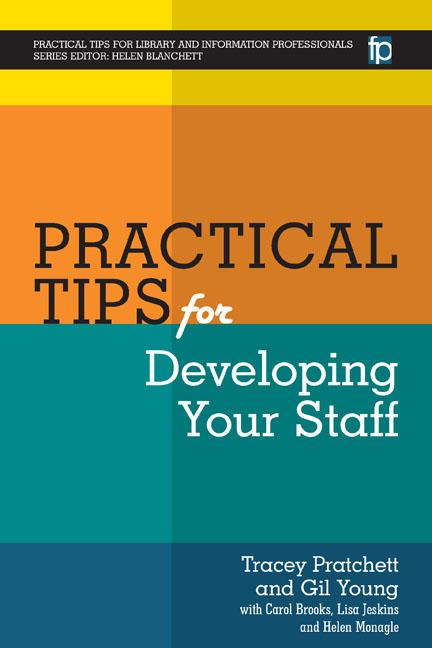Book contents
- Frontmatter
- Contents
- List of figures and tables
- Acknowledgements
- The authors
- List of abbreviations
- Series Editor's introduction
- Introduction
- Section 1 Theories
- Section 2 Infrastructure
- 11 Why develop staff?
- 12 Workforce planning
- 13 Job descriptions
- 14 Person specifications
- 15 Advertisements
- 16 Shortlisting
- 17 Interviews
- 18 Interviews – presentations and tests
- 19 Interviews – feedback
- 20 Inductions
- 21 Managing performance
- 22 Team development plans
- 23 Appraisals – preparing
- 24 Appraisals – conducting
- 25 Setting objectives
- 26 One-to-ones
- 27 Feedback – general
- 28 Team building
- 29 Team meetings
- 30 Sharing learning with the team
- 31 Writing references
- 32 Exit interviews
- 33 Effective handover
- Section 3 Activities and tools
- Index
14 - Person specifications
from Section 2 - Infrastructure
Published online by Cambridge University Press: 09 June 2018
- Frontmatter
- Contents
- List of figures and tables
- Acknowledgements
- The authors
- List of abbreviations
- Series Editor's introduction
- Introduction
- Section 1 Theories
- Section 2 Infrastructure
- 11 Why develop staff?
- 12 Workforce planning
- 13 Job descriptions
- 14 Person specifications
- 15 Advertisements
- 16 Shortlisting
- 17 Interviews
- 18 Interviews – presentations and tests
- 19 Interviews – feedback
- 20 Inductions
- 21 Managing performance
- 22 Team development plans
- 23 Appraisals – preparing
- 24 Appraisals – conducting
- 25 Setting objectives
- 26 One-to-ones
- 27 Feedback – general
- 28 Team building
- 29 Team meetings
- 30 Sharing learning with the team
- 31 Writing references
- 32 Exit interviews
- 33 Effective handover
- Section 3 Activities and tools
- Index
Summary
THE PERSON SPECIFICATION should be drawn up after you have undertaken the role analysis and put together the job description. In some organizations you will be required to base this upon an agreed competency framework. This might be one put together internally or a nationally agreed framework such as Agenda for Change (NHS Employers, 2014) or the Higher Education Role Analysis (ECC, 2014). Your HR department will be able to advise you on this.
The person specification should clearly list the qualifications, skills, knowledge and experience which an individual should possess in order to be successful in a role. The specification is usually broken down into those attributes which are considered to be essential to the role and those which are desirable. Most organizations indicate how the candidate will be expected to demonstrate that they are the right person for the role, the most common being an application form or CV followed by an interview which is often supplemented by a presentation or practical test.
Best for
□ Clarifying the competencies required by an individual to undertake the job.
□ Enabling those short listing and interviewing for a post to assess a candidate's suitability and ability to carry out a specified role.
□ Providing a framework to feedback to applicants and candidates why they were unsuccessful or successful.
More
□ The person specification can be used as a framework for developing the person once they are in a role. The successful candidate can use it, in discussion with their line manager, to identify those areas where they require further development.
□ If you are drawing up a person specification for a new role then do ask managers in other roles and organizations if you can see examples.
To think about
□ Be realistic. Only classify an attribute as essential if it really is. Strictly speaking you should not be making a job offer to someone who has not demonstrated that they possess an ability which you declared was essential to the role.
- Type
- Chapter
- Information
- Practical Tips for Developing Your Staff , pp. 34 - 36Publisher: FacetPrint publication year: 2016

